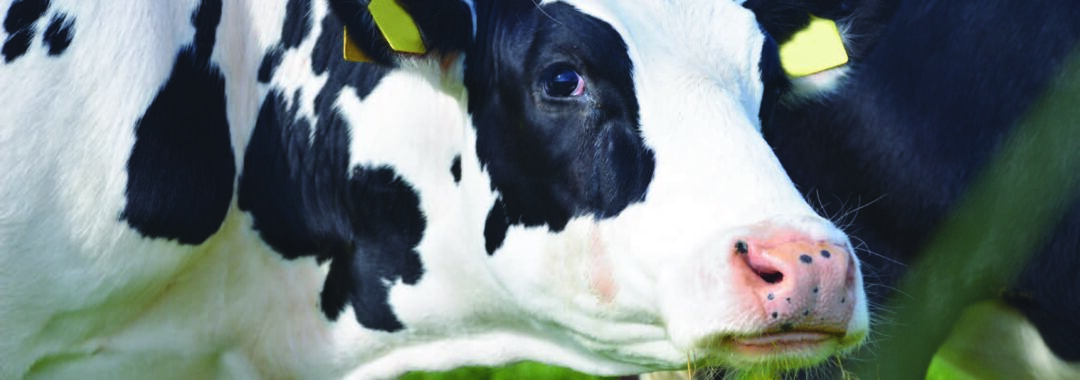Hans Peder and Kurt Mathiasen began using Active NS in slurry about two years ago.
Slurry analyses show this results in better utilisation of the slurry because the product binds 1 kg more nitrogen per tonne and also makes slurry handling easier.
Brothers Hans Peder and Kurt Mathiasen have been farming since 1989. Bjørnholm I/S farm near Agerskov, Denmark, operates open-yard housing, with a total of 200 Holstein dairy cows. The herd is mainly fed ready-mix roughage, and in the summer, the cows are put out to pasture.
Hans Peder looks after the housing units on a daily basis, and Kurt is responsible for the fields, the calves and the young cattle. They also have two young farmhands, in the housing units and in the fields.
The farm has 120 ha available, and lease an additional 30 ha. They grow grass, clover, maize and whole-crop grain for roughage. They also lease the 40 ha where they graze the young cattle.
Before Kurt Mathiasen began using Active NS in the slurry, he had the slurry analysed.
This showed he was able to bind a total of 3 kg of nitrogen in the slurry.
After having used Active NS in the slurry for a while, he had a new analysis done, which showed the slurry now contained 4 kg of nitrogen – an increase of 1 kg of nitrogen per tonne.
“We previously used a different slurry management product, which was also supposed to improve slurry handling.
But it was much more expensive to use than Active NS.
“The key reason why I chose to use Active NS all year round is because it is a good, inexpensive solution, and I can bind more nitrogen in the slurry which, I hope, will produce a bigger yield in the field. So it will be exciting to see, because I’ve heard it’s possible to achieve 10 kg more crop for every additional 1 kg of nitrogen applied per hectare,” according to Kurt Mathiasen.
Added Active NS to the slurry tank, but now only uses it in the housing units “Initially, I added Active NS to the slurry tank, but in the autumn, I started using it inside the housing, where I mix the powder with water and pour it out onto the slats with a watering can. When I do that, I don’t need to use the product in the slurry tank.
Dairy farmer gets 1 kg more nitrogen per tonne of slurry and therefore a bigger yield in the field Hans Peder and Kurt Mathiasen began using Active NS in slurry about two years ago.
Slurry analyses show this results in better utilisation of the slurry because the product binds 1 kg more nitrogen per tonne and also makes slurry handling easier.
“According to the manufacturer’s instructions, this is how to get the most benefit from the product, because it’s already mixed into the slurry before it runs into the reception pit and finally out into the slurry tank. It works just fine, as I can see the slurry is more homogenous and it foams and bubbles nicely in the tank.
We’ve just spread the last slurry out on the fields, and the agricultural contractor didn’t have any problems agitating it,” Kurt Mathiasen affirms.
An intriguing little detail “Before we started adding Active NS to the slurry, each year I used to have to polish a silver chain that I wear around my neck. It went all black when I had to check the reception pit. But this year, the silver chain didn’t look as bad as before; this must be because there’s less evaporation of ammonia than before, as we’re binding more nitrogen in the slurry,” concludes dairy farmer Kurt Mathiasen of Bjørnholm I/S near Agerskov.

